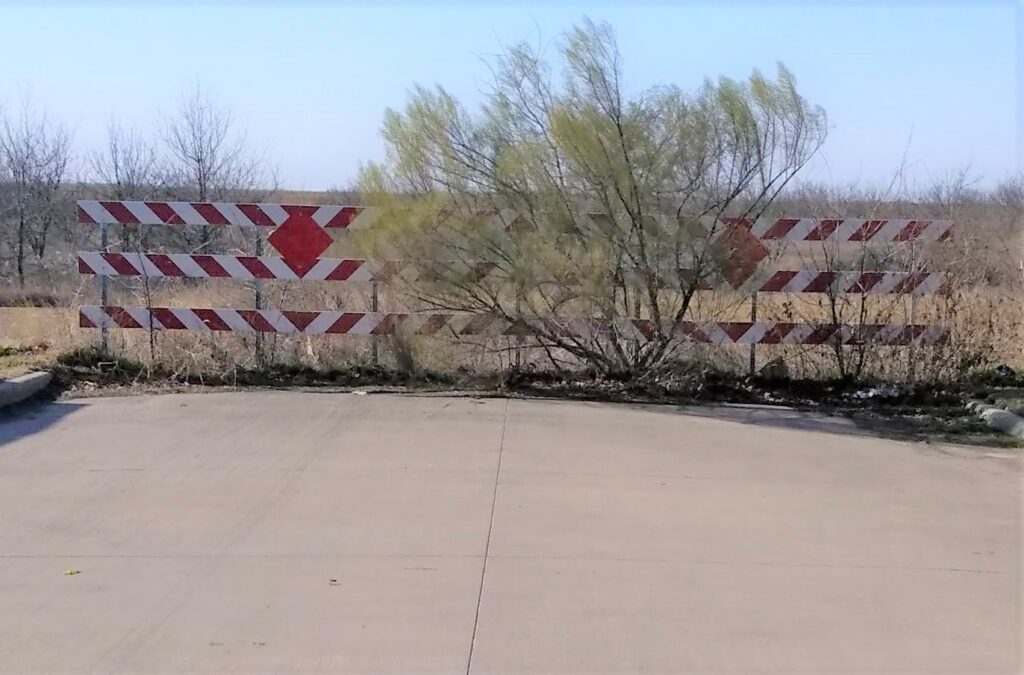…and they lived… Well, how exactly does the story end? Some time ago, I discussed rules for writing endings, but today let’s explore various ways stories can end.

I did a little research, and writers agree there are only five or six possible story endings. However, they each have their own categorization methods, so there may be well over six, even after counting for overlaps. (In each case, I’m simplifying their lists for brevity.)
For example, author C. Patrick Schulze categorizes endings by the protagonist, the goal, and the protagonist’s state of mind:
- Attains goal (happy)
- Attains goal (sad)
- Doesn’t attain goal (happy anyway)
- Doesn’t attain goal (sad)
- Realizes goal was flawed (doesn’t care)
Scott Francis categorizes in terms of the protagonist, the goal, and things greater than the goal:
- Attains goal (happy)
- Doesn’t attain goal (sad)
- Attains goal, but loses something greater (classic tragedy)
- Sacrifices goal for something greater
- Ending is ambiguous or bittersweet (literary fiction)
A blogger known as NDRW postulates these five more plot-centric endings:
- Happily ever after
- To be Continued…
- Learn something
- Deux Ex Machina
- Sorrowfully ever after
Dean Elphick’s six endings are different, but also plot-based:
- Resolved Ending
- Unresolved Ending (to be continued)
- Implied Ending (ambiguous, often unsatisfying)
- Twist in the tale (surprise)
- Tie-Back (ending foretold at beginning)
- Crystal Ball (months or years later/epilogue)
The Write Redhead cites writer Michael Orlofsky’s six ending types (mostly character-based):
- Death Ending
- Recognition Ending (learn something)
- Framing with Recognition (cyclic, return to beginning)
- Surprise/Revelation Ending
- Journey Endings (protagonist starts a new journey)
- Response to Theme (need to balance emotional and intellectual power)
These various bloggers and writers may differ in how they categorize ending types, but they do concur that endings must flow naturally and logically from the story.
I also think they’d all agree you should spend a lot of time getting the ending right. Take the same effort you did in coming up with the perfect beginning hook, to make sure you’ve ‘nailed the landing,’ as Michael Orlofsky put it.
If you’re unsure how to end your story, look over the list above, read the blogs I’ve linked to, and write a few different endings. Your optimum story ending should emerge from that effort.
Now, with the perfect ending to this post, I’ll close with my characteristic sign-off, as—
Poseidon’s Scribe
